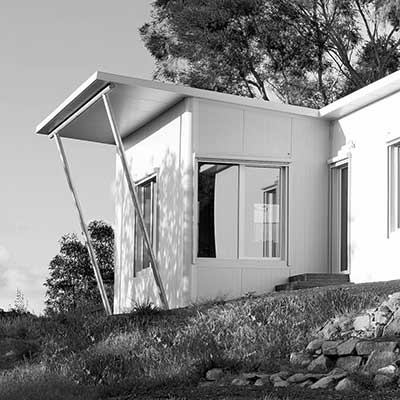
There was a blackout in September in South Australia. It was a disaster. It could have been worse.
It should make us think about energy security, energy independence, and a sustainable, resilient future for all. Storms and blackouts like this should make us think about what happens when we can’t have energy supplied to our homes, offices and hospitals. Do we freeze? Do we overheat? Do our machines break down? Can we eat?
It’s a good opportunity to remind ourselves of changes we need to make.
We need better back-up plans for our changing environment, because our wild weather is going to get worse. Extreme conditions like storms, drought, and fire, are going to be more common. That’s because our climate is changing (and that’s because we have refused to make changes already).
So it’s a bit chicken and egg, because if we’d made those changes sooner, we wouldn’t have to face the consequences of extreme weather like we do now.
But the facts are the facts. We are now in this position. We have to face it.
Unfortunately some of our politicians seem to be a bit confused. There was an attack on renewable energy technology as somehow causing the storms and blackout.
The public reacted. Twitter saw #stuffwecanblameonrenewables start trending, with cheeky tweets like:
- “Police are looking for a suspicious wind turbine after this assault (on a pylon). Huge storm has been cleared of suspicion”
- “Huge storms & floods – clearly a marketing tactic used by the renewables industry to discredit coal”
- “Forgetting you made a cup of tea and it goes cold”
Renewables are happening, they are expanding, and they won’t be stopped. That’s fantastic, but there’s more we can do. There are some fundamental things we keep missing, such as the extent of our energy consumption.
We design buildings badly. They leak energy. They are uncomfortable without energy, but even with energy they are uncomfortable, because they are too drafty, too vulnerable to the weather outside.
Take, for instance, some brand new architect-designed legal offices I recently went to in Melbourne. They get too hot in summer, because even on the 20th floor there is an obsession with floor to ceiling, wall to wall glass. People, including the designers, seem to think it looks better; it’s classier, it’s more “architectural.”
But good architecture doesn’t have to consist of wall to wall glass, and good architecture shouldn’t ignore energy consumption. From the perspective of energy consumption, glass walls are pretty dumb. And really, how much design effort goes into just building glass walls?
More impressive is a wall that’s carefully designed to optimise views in a clever way at the same time as conserving power and keeping out the hot summer sun.
It’s things like indiscriminate use of glass facades which continue to send us down the gurgler.
At the same time as developing renewables, we need to face how we design our buildings. All new buildings should be designed and built to need very little energy. They should be designed and built using passive house building physics calculations – preferably the International Passive House Standard, or something that good.
Passive House Standard buildings use as little as 10 per cent as much energy as standard buildings for heating and cooling, and less for other energy requirements too.
Passive house buildings need less energy, whether from the grid, or solar panels on their own sites, and they are more comfortable too!
It sounds like a good idea to focus on clear renewable energy targets, as Prime Minister Malcolm Turnbull suggests. And no doubt Mr Turnbull is right that moving to new renewable technology poses “real challenges.” But they are challenges we can and must face, for a sustainable future.
Let’s not blame renewable energy for storms, let’s applaud all efforts to cut emissions and minimise impact on our climate. Let’s do renewables, and let’s do even more than that.
Let’s work together to continue to cut energy consumption and improve our carbon footprint as quickly and efficiently as possible. Let’s also focus on energy security too, over the short term and the long term.
On the question of security, I’ve got an idea for our politicians: why don’t you shake up our building practices?
If all new buildings and major retrofits were built to tried and tested, cutting edge comfort and efficiency standards, it would help people to withstand weather extremes and power blackouts. Those buildings would demand less of the grid, and they would be less likely to cause blackouts. Those buildings would be safer when extreme weather conditions come. There would be less cost to business, and less risk to our health and lives.
There would be less damage to the climate.
And perhaps even a better economy due to the innovation revolution that you have rightly said we need.





